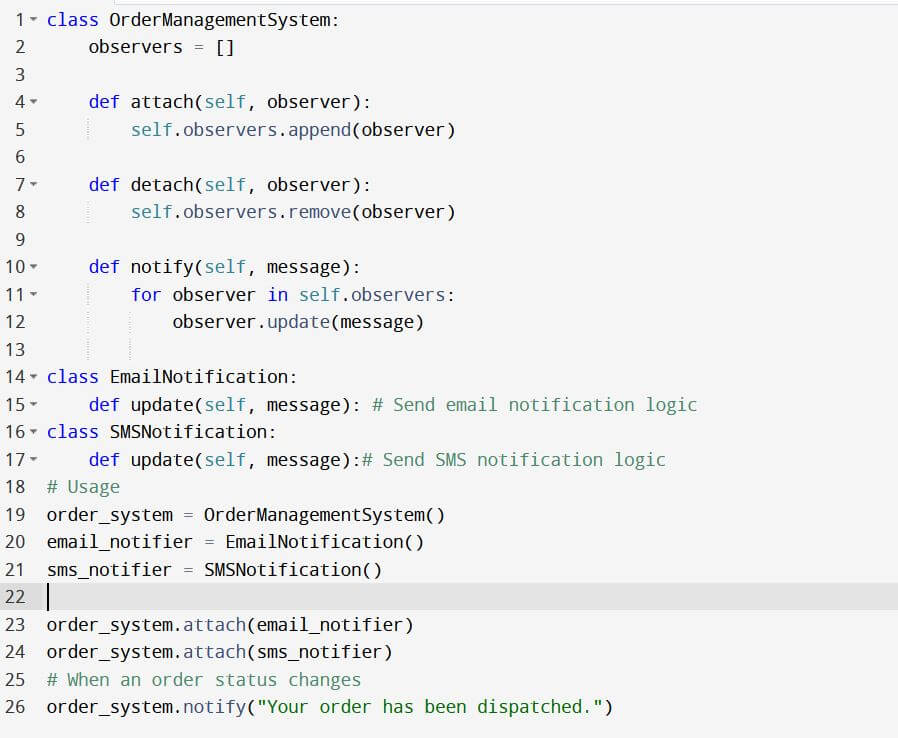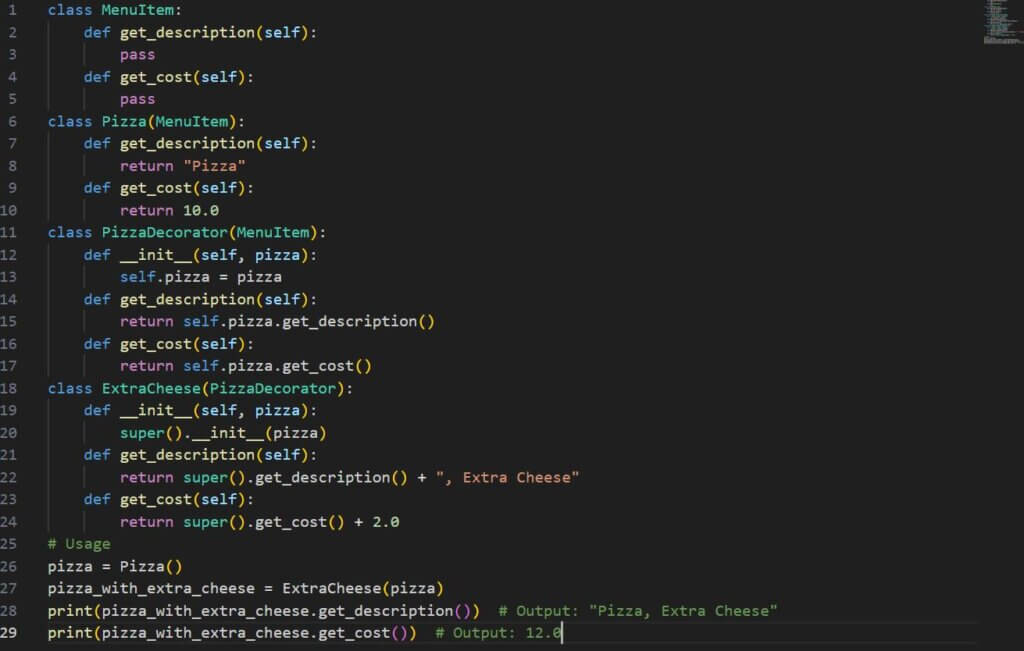Design patterns recreate an important role in software development. It enables developers to create robust, flexible, and manageable code. In this beginner’s guide, we’ll analyze the basics of design patterns and their importance in software engineering. And also provide real-world patterns to support your understanding and use them effectively. This is my individual experience of learning software design patterns. If you are a beginner, this article is for you.
For beginners, if you have a problem understanding design, the first thing you should do is ignore the word “design”. It gives a very vague idea that you need to create something. Most designs mean you have to do something creative and figure something out yourself. On the contrary, design issues have been solved and tested by your developers in the past! These are called designs. You only need to understand when and how to identify design patterns.
Now, another word is “pattern”, that is, there are problems we encounter while creating software projects. Where do we find patterns? If we find a pattern for a common problem, we can use a general solution (pattern). For example, if we like the class to begin with only one object. We should use the singleton type.
On the other hand, if we are required to select the algorithm for running time, we can use a suitable model. If registration and notification templates are required, we can use the template.
You can say that patterns are solutions for software development.
What are Design Patterns?
Design Patterns are optimized, reusable solutions to the programming problems we face every day. Templates are not classes or libraries that we can link to the system; more than that. It is indeed a model to be followed. It is also not language specific.
A useful design should work in most languages, depending on the abilities of the language. All in all, any design is a double-edged sword – if utilized in the wrong place it can cause damage and cause you a lot of issues. However, when used in the correct place, it can keep your life.
Designs are separated into three types:
- Structural
- Creational
- Behavioral
Structural Design Patterns
Structural Design Patterns Work with combinations of classes and objects to create large models. This pattern improves code reusability and flexibility. Design pattern examples include:
- Adapter pattern: Replace the interface of the class with another interface that the customer needs.
- Decorator Pattern: Dynamically add new functionality to existing objects.
- Compound Model: Treat an object and objects together as the same.
Creative design patterns
Creative design patterns focus on object creation mechanisms. They offer a simple way to create products while keeping the design process separate from the customer. Some popular design patterns include:
- Single pattern: Ensures that only one instance of a class exists throughout the application.
- Factory Method Pattern: Provides a mechanism for creating objects, but allows subclasses to decide which class to instantiate.
- Builder mode: Allows creating complex objects gradually.
Behavioral design patterns
The behavioral design focuses on interaction and communication between products. They provide solutions to effectively manage algorithms and roles.
Some common behavior patterns are:
- Observer pattern: defines a one-to-many dependency on objects to be passed to an object that causes updates to live objects.
- Strategy Pattern: Defines a family of rotation algorithms and allows them to be used interchangeably.
- Command Type: Encapsulate requests as objects, allowing different clients to be parameterized.
How is pattern used in design?
Designs are not used directly in the creation of images or graphics. Models often express best practices and reusable solutions in software design and development. However, there is a concept called “pattern” in graphic design, which is all about repeat and optical consistency.
In graphic design, a pattern is a decorative or structural design element that creates harmony and consistency in a design composition. Patterns can be created using a variety of shapes, colors, textures, or images. They add visual interest, create visual harmony and enhance the beauty of the design.
In software engineering, patterns focus on solving specific problems, while patterns in graphic design serve as visual elements that add to the composition and beauty of a design.
It is worth noting that the concept of design can have many meanings and uses in different design styles. So how to discover your design style? In software engineering, design refers to specific solutions to software design problems, while in graphic design, design refers to the back view of elements that enhance the creator’s vision.
Why are design patterns important?
Models are in principle conceptual solutions to programming problems. Many programmers have experienced these issues before and have used these “workarounds” to solve them. If you have these problems, why reinvent the wheel when you can use the proven answer?
Singleton example:
In this example, the ShoppingCart class uses the singleton model.
The __new__() method ensures that only one instance of the ShoppingCart class is created. We can verify that the singleton model works as expected by creating several Stores and checking if they are the same.

Observer pattern example:
In this example, the OrderManagementSystem implements learning and maintaining a list of observers. The EmailNotification and SMSNotification classes are observers that use the update() method. When an order’s status changes, the OrderManagementSystem notifies all connected observers, causing the corresponding update methods in the EmailNotification and SMSNotification classes to send notifications to the user.

Decorator example:
In this example, the class Pizza represents a simple pizza. The PizzaDecorator class is a base decorator that extends MenuItem and wraps other menu items. The ExtraCheese course is a decorative addition to the extra cheese option on the pizza. By combining the pizza with an additional cheese garnish, the description, and price can be changed freely, allowing for customization of the menu.

Summing Up
The design provides effective solutions to software design problems and ensures code reusability, maintainability, and flexibility. By understanding and using design patterns, developers can improve the quality of their software projects. As a beginner, researching and using these patterns will help you create good software and designs.
Remember that patterns are tools that help you build better software design.


